The mission of the Independent Publishing Resource Center (IPRC) is to provide affordable access to space, tools, and resources for creating independently published media and artwork, and to build community and identity through the creation of written and visual art.
We nurture collaboration, creativity, and community-building through writing, printmaking, & publishing. We provide equitable access to tools, resources, and unconditional support to Portlanders to share their stories & the causes closest to their hearts through the production of independently-published books, prints, posters, zines, and comics. We know that access to art-making is critical to the well-being of communities and people. We’re here for anyone who needs us. We also proactively support emerging arts leaders in their ability to devise the creative solutions our communities need.
Countless individuals have discovered their voices through making art at the IPRC and in our programs, and have reached and inspired others in the community by publishing and sharing their work. Each member is an integral part of making the IPRC the welcoming and collaborative community it is.
The Independent Publishing Resource Center began, now 21 years ago, on the second floor of Reading Frenzy bookstore, sparked within the literary and do-it-yourself (DIY) community of Portland. The IPRC was a partnership between writer/publisher/bookseller/activist (and former City Commissioner) Chloe Eudaly and printmaker Rebecca Gilbert (Stumptown Print), and a wide community of writers, printmakers, comics artists, and zinesters.
Over the years, the center has been dedicated to encouraging the growth of a visual and literary publishing community by offering a space to gather and exchange information and ideas, as well as to produce work.
By gathering such a diverse group of people under one roof, the IPRC nourishes an expansive and productive community, and is an incubator for the independent creative spirit that makes Portland unique. The IPRC fills the community need of low-cost access to otherwise expensive space, equipment, and materials, and supports artists to create quality, innovative, and experimental work that couldn’t be made elsewhere.
